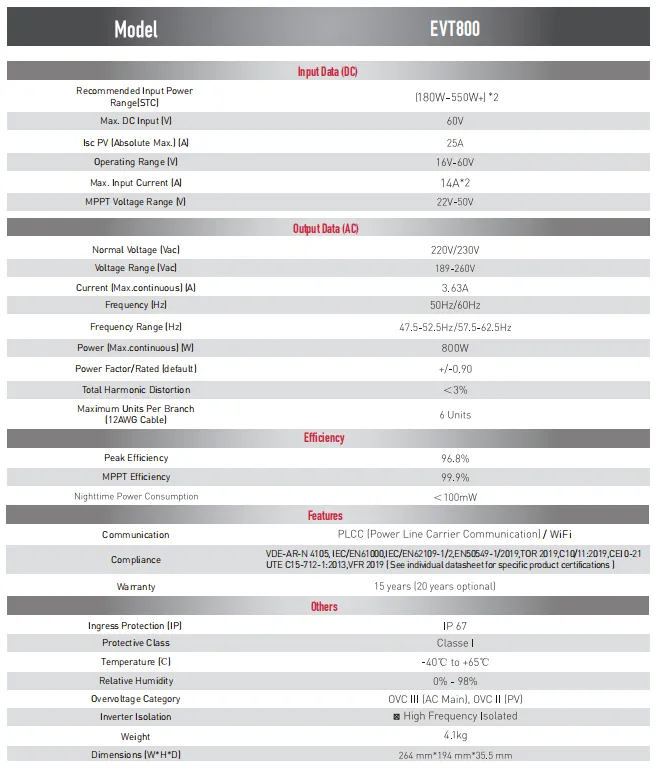solar panel size and cost
Understanding Solar Panel Size and Cost
As the world increasingly prioritizes renewable energy, solar power has emerged as a leading solution for homeowners and businesses alike. One key aspect of adopting solar energy is understanding the size and cost of solar panels, which can significantly influence your overall investment and energy savings.
Solar Panel Size
The size of solar panels can vary based on their type and the manufacturer. Typically, residential solar panels are about 65 inches long and 39 inches wide. This standard size can accommodate the average home’s energy needs, but several factors determine the total number of panels required. The most significant considerations include the energy consumption of the household, the geographic location (which affects sunlight exposure), and the roof size available for installation.
Most solar panels produce between 250 to 400 watts of energy each. To calculate how many panels you need, start by examining your daily energy consumption in kilowatt-hours (kWh). For example, if your home uses 30 kWh daily and you install 300-watt panels, you would need approximately 10 panels to meet your energy needs—given optimum sunlight conditions.
Cost of Solar Panels
The cost of solar panels has decreased significantly over the past decade, making them more accessible for many homeowners. As of 2023, the average price for a solar panel ranges from $2.50 to $3.50 per watt. Therefore, a standard 300-watt panel could cost between $750 and $1,050 before any incentives or rebates.
solar panel size and cost

When assessing the total cost of a solar energy system, consider installation fees, additional equipment (such as inverters and mounting brackets), and local and federal incentives. The initial investment can be substantial—often ranging from $15,000 to $30,000 for a complete system after adding installation and permits. However, many regions offer tax credits, rebates, and financing options that can significantly reduce upfront expenses.
Long-Term Savings and Benefits
Despite the initial costs, investing in solar panels can lead to substantial savings over time. Homeowners often see their energy bills decrease significantly, and many can recoup their investment within 5 to 10 years through savings on electricity. Additionally, maintaining solar panels can be relatively low-cost; with proper upkeep, they can last 25 years or more, often accompanied by warranties.
Moreover, solar panels can increase property value, making them a lucrative investment. Many homebuyers are willing to pay a premium for homes already fitted with solar energy systems, recognizing the long-term savings and environmental benefits.
Conclusion
The relationship between solar panel size and cost is intricate but crucial for anyone considering making the switch to solar energy. Understanding how to gauge your energy needs and the subsequent financial implications can empower you to make an informed decision. As technology advances and prices continue to fall, solar energy is not just a viable option; it is quickly becoming a preferred choice for sustainable living. Embracing solar power can yield not only immediate financial benefits but also contribute to a greener planet for future generations.
-
Unlocking Energy Freedom with the Off Grid Solar InverterNewsJun.06,2025
-
Unlock More Solar Power with a High-Efficiency Bifacial Solar PanelNewsJun.06,2025
-
Power Your Future with High-Efficiency Monocrystalline Solar PanelsNewsJun.06,2025
-
Next-Gen Solar Power Starts with Micro Solar InvertersNewsJun.06,2025
-
Harnessing Peak Efficiency with the On Grid Solar InverterNewsJun.06,2025
-
Discover Unmatched Efficiency with the Latest String Solar InverterNewsJun.06,2025







